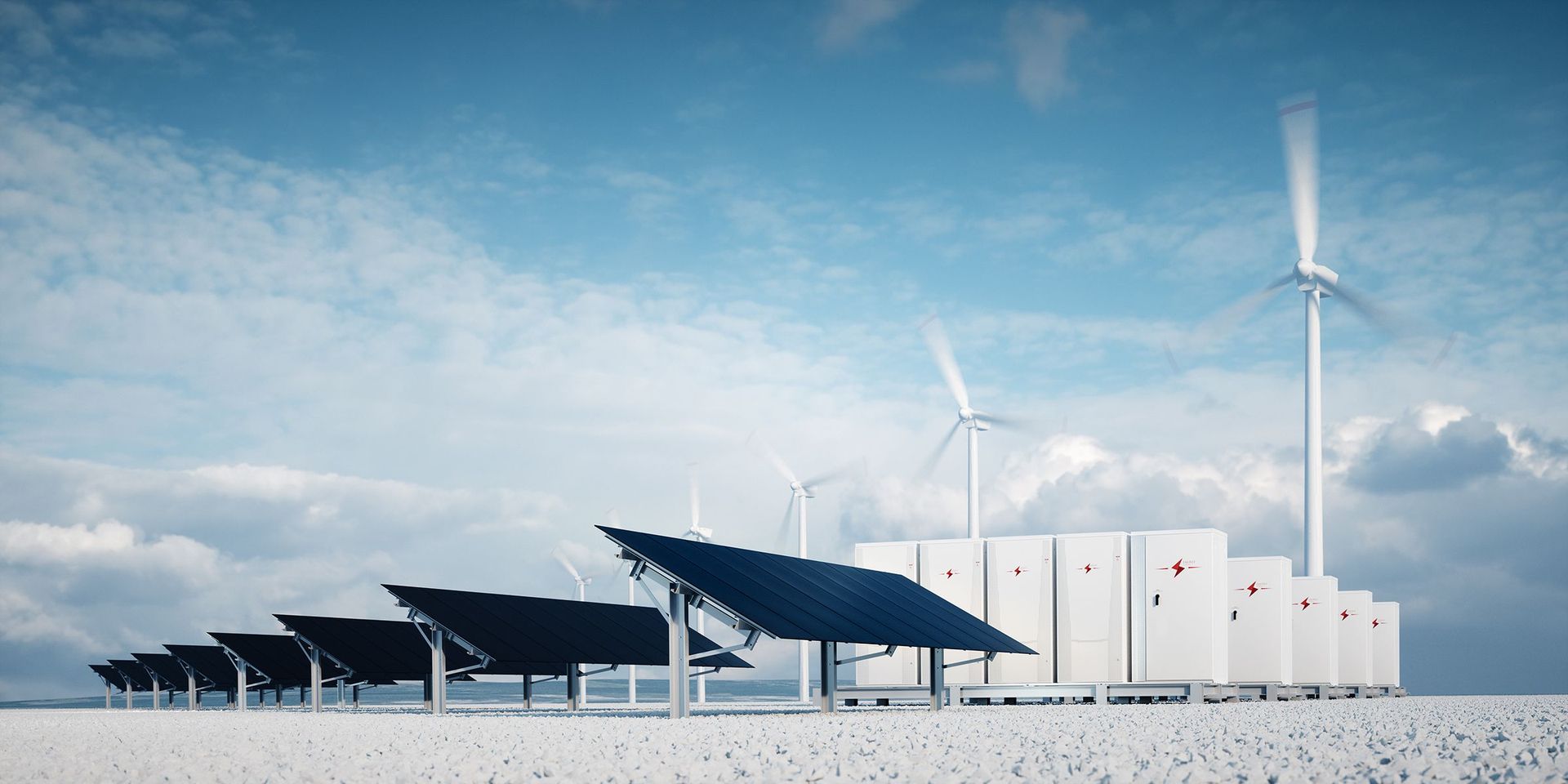The power of many
My Power PlantReading time: 3 min
Which players are active on the power market?
The liberalised electricity market includes many parties who all have to work together and at the same time try to make a profit. An overview of the most important players in our current system is given below.
Become part of the VPP
| Player | Function (short) | Function in the unbundled European energy system (long) | Examples for Belgium |
|---|---|---|---|
| Producer | Generates electricity | Produces electricity in a power plant. This can be a nuclear, coal fired or STAG plant, offshore wind park, CHP etc. The producer possibly offers ancillary services to the grid operator if the plant can be flexibly controlled. | Independent power producers like farmers with a CHP, Engie Electrabel, EDF Luminus |
| Consumer | Consumes electricity | Uses electricity to drive industrial processes, household appliances, provide lighting or heating etc. | Industry, companies and households |
| Prosumer | Both consumes and produces electricity | Is both taking electricity from the grid when own production is not self-sufficient and puts on the grid when own production exceeds own consumption. | Household or company with solar PV installation |
| Transmission system operator (TSO) | Transmission of electricity on the high-voltage grid | Transmitting electricity generated in large plants over long distances. High voltages up to 400kV are used to limit the line losses. The TSO is the final responsible to keep the instantaneous demand and supply balance. | Elia |
| Distribution system operator (DSO) | Distribution of electricity on the low-voltage grid | Distribution of electricity to the end consumer, at voltage levels typically between 400V to 70kV. | Eandis, Infrax, Sibelga, RESA, ORES |
| Energy supplier | Supply the electricity to households and small companies | After the unbundling it is no longer the DSO who sells the electricity to the end-consumer. Consumers can choose which supplier they prefer (depending on the tariffs and services offered). | Eneco, Engie Electrabel, EDF Luminus, Ecopower, Lampiris, E.ON |
| Balancing responsible party (BRP) | Balances electricity injection and intake at its access point | Based on consumption and/or production data and forecasting of the client, the BRP has to make balanced nominations to the grid operator. Each party injecting to or taking from the grid needs to have a BRP. | Large producers or consumers are their own BRP, for small end-consumers, the supplier arranges the BRP responsibilities |
| Regulator | Guards the level-playing field of the free market | Since the transmission and distribution grid are operated as natural monopoly, there has to be an independent party which checks the TSO and DSO are not abusing their market power. They also keep an eye on producers and consumers, to make sure (large) players do not try to influence the prices. | CREG (Commisie for the Regulation of Electricity and Gas, federal), VREG (Vlaamse Reguleringsinstantie voor de Elektriciteits- en Gasmarkt, Flanders), CWaPE (Commission Wallonne Pour l’Energie, Wallonia) |
| Power Exchange | Energy trading platform | Power Exchanges are used for anonymous and transparent energy trading. A multilateral trading platform is set up, where market participants submit demand or supply bids. The market operator will aggregate all the demand bids and all supply bids and clear the market once every 15min (in Belgium). The products offered on the power exchanges are standard products for which the demand is high enough to ensure liquidity and a good price. | EPEX Spot Belgium |
| Aggregator | Provides balancing services to the grid operator and provides decentralized units access to energy markets | An aggregator combines several decentralized production and consumption units in one portfolio. He operates the pool of units in a coordinated way and offers balancing services to the TSO or DSO, just like large plants have been doing for decades. In addition, the energy of the decentralized units is traded on all relevant markets. | Next Kraftwerke |
Read more
Disclaimer: Next Kraftwerke does not take any responsibility for the completeness, accuracy and actuality of the information provided. This article is for information purposes only and does not replace individual legal advice.


